 J.Richardson Jones was an actor, a cinematographer, and a journalist for the Atlanta Daily World, the largest circulating black southern newspaper during the first half of the twentieth century.
J.Richardson Jones was an actor, a cinematographer, and a journalist for the Atlanta Daily World, the largest circulating black southern newspaper during the first half of the twentieth century.Jones was born in Atlanta, probably in February 1901, to Elizabeth Jackson and William C. Jones. Much of his childhood was spent in Jacksonville, Florida. Around the age of nineteen, Jones began acting in and producing vaudeville shows in the South. From 1935 to 1940 he wrote, directed, and acted in all-black skits that were broadcast nationally from Chicago, Illinois, including the programs Southland Echoes, Welcome Valley, and Life of Uncle Ned. (“Uncle Ned” was a stock character based on the stereotype of an older black man who was deferential to whites and nostalgic for slavery.)
Jones’s radio broadcasts, stage productions, race movies, and wartime newsreels celebrated African American life along Atlanta’s Sweet Auburn Avenue. Working in the Jim Crow era, he also attempted to undermine segregation through his work by presenting black citizens as patriotic, industrious, and cultured. Further, his reportage of lynchings exposed Georgia’s racial injustices to national audiences.
From 1935 to 1940 he wrote, directed, and acted in all-black skits that were broadcast nationally from Chicago, Illinois, including the programs Southland Echoes, Welcome Valley, and Life of Uncle Ned. (“Uncle Ned” was a stock character based on the stereotype of an older black man who was deferential to whites and nostalgic for slavery.) Ten years later he played Uncle Remus, the fictional narrator of Joel Chandler Harris’s well-known trickster tales, for Rich’s Department Store’s Radio School on WGST in Atlanta.
On February 26, 1939, Jones premiered a thirty-minute newsreel, Parade of Progress of Colored Atlanta, at the all-black Bailey’s Royal Theater on Auburn Avenue.
In July 1946, Jones gave a face to the racial violence of the South when he wrote about and photographed the corpses of four African Americans murdered at Moore’s Ford Bridge in Walton County. His images of war veteran George Dorsey and his wife, Mae Murray Dorsey, and of Roger and Dorothy Malcolm reminded the country of the limits of citizenship for African Americans. J. Richardson Jones died in 1948.
source:
http://www.georgiaencyclopedia.org/articles/arts-culture/j-richardson-jones-ca-1901-1948





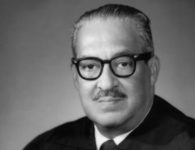

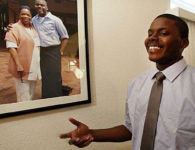

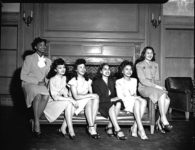
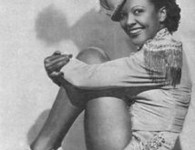

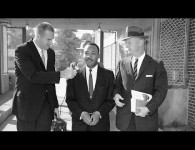
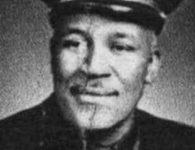
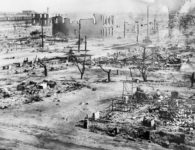
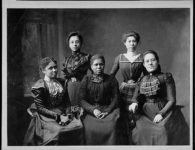


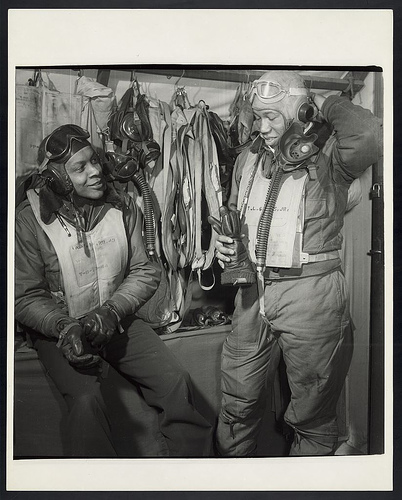


No comments